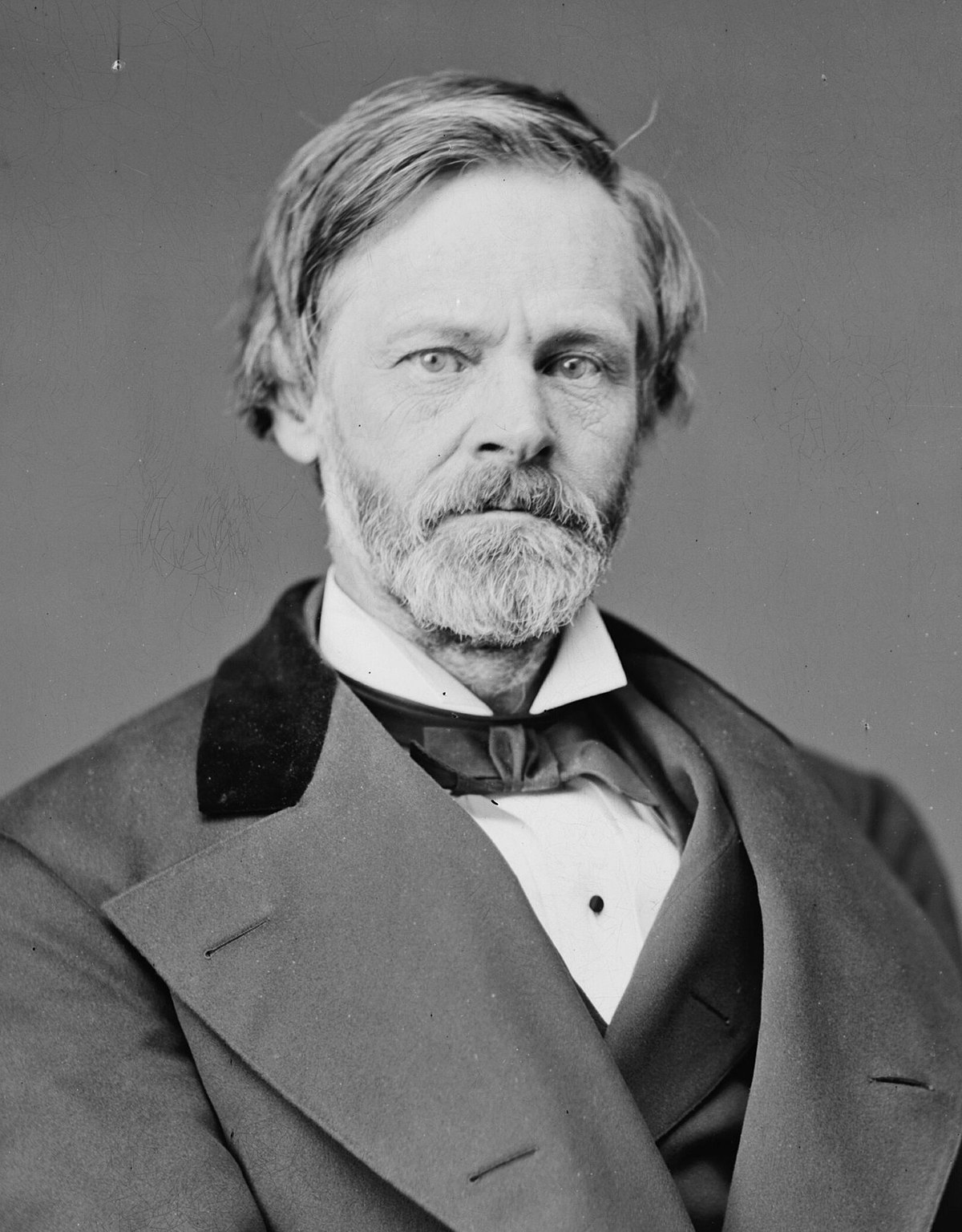The following petition has been in circulation down town since the report of Secretary Sherman was made public in which he recommends that Congress take from the greenback its legal-tender power. The originators of the petition were bankers and merchants of this City, principally those who gather at the Chamber of Commerce.
More (need subscription):
I don't have a subscription so I can't see the full report, but it would be cool to read it. From wikipedia:
...
Serving as Secretary of the Treasury in the administration of Rutherford B. Hayes, Sherman continued his efforts for financial stability and solvency, overseeing an end to wartime inflationary measures and a return to gold-backed money. ...
...
... The economic turmoil of the Panic of 1873 made it even more clear that shrinking the money supply would be harmful to the average American.[113] Still, Sherman (and others) desired an eventual return to a single circulating medium: gold. As he said in an 1874 speech, "a specie standard is the best and the only true standard of all values, recognized as such by all civilized nations of our generation".[114] If greenbacks were not to be withdrawn from circulation, therefore, they must be made equal to the gold dollar.
While Sherman stood against printing additional greenbacks, as late as 1872 he remained a proponent of keeping existing greenbacks backed by bonds in circulation.[115] Over the next two years, Sherman worked to develop what became the Specie Payment Resumption Act.[116] The Act was a compromise. It required gradual reduction of the maximum value of greenbacks allowed to circulate to $300 million (~$8.03 billion in 2022) and, while earlier drafts had allowed the Treasury the choice between paying in bonds or coin, the final version of the Act required payment in specie, starting in 1879.[117] The bill passed on a party-line vote in the lame duck session of the 43rd Congress, and President Grant signed it into law on January 14, 1875.[118]
...

